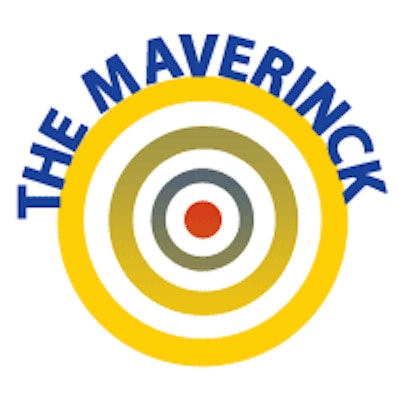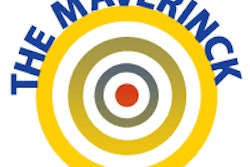
Max "Make-up" Factor was one of the most famous developers of cosmetics in the first half of the 20th century, and had a reputation for being able to enhance and maximize the outer appearance of, in the beginning, mostly movie actors and actresses: to make them attractive and beautiful. His slogan was: "Glamor is created."
People do strange things to try to increase their attraction, sex appeal, and social position.
 Dr. Peter Rinck, PhD, is a professor of diagnostic imaging and the president of the Council of the Round Table Foundation (TRTF) and European Magnetic Resonance Forum (EMRF).
Dr. Peter Rinck, PhD, is a professor of diagnostic imaging and the president of the Council of the Round Table Foundation (TRTF) and European Magnetic Resonance Forum (EMRF)."Max" Impact Factor is the correlate of all this in certain academic and management circles. I have written earlier and in detail about it.1 The IF, as it is known to "insiders," is simply the number of quotations of a journal per article published within a certain period. It is not a measure of the impact or even quality of a journal. There is no scientific relevance of accumulated citations. Still, many editors and publishers consider the IF as a "rating"; journals fight and beat each other in the ratings -- like television stations with their soap operas.
More so, there is absolutely no connection of this factor with the scientific relevance of the authors of articles published in IF journals.
Already the calculation method of the IFs is iffy. There is an arithmetic problem and there is a statistical problem. The rules of rounding recommend one decimal place more than the raw data, but Thomson rounds to three (i.e., 100 divided by 30 = 3.333, but it should be 3.3). I guess its marketing department has decided this looks more precise. As for the statistics and the selection, read the article by Roediger published in 2013.2 Manipulations such as coercive citation3 and cheating, retraction of publications because of scientific misconduct, scientific decline of journals with high IFs, as well as social pressure, and manipulation and string-pulling are nicely summarized by Brembs et al,4 with an excellent list of references. There is without doubt a certain amount of marketing and sales hidden in the grooming and preening process of certain journal's impact factors, helped by the artificial and bizarre inclusion and exclusion schemes of articles and citations.
Still, many people believe in these factors zealously and dead earnest; it says a lot about them. Others, I suspect, merely drift with the IF numbers, not caring what they really mean (or don't mean) because they allow them to make judgments and decisions without having to painstakingly deal with a true evaluation of a publication or an author. The power of seduction to rely on the IFs seems inescapable.
Their decisions can be compared with looking out of the window: If one candidate drives a Mercedes and the other one rides a bicycle, of course the Mercedes driver should get the job or grant, and those people believing in Thomson Reuters' impact factors and making decisions based on them prefer Mercedes drivers. Bicycle scientists stay where they are. Reviewers and evaluators who react like this lack academic ethics and are lazy and tiresome and unsuitable for such selection processes.
Journal impact factors are promotional instruments for most journal publishers. Sold by the North American mass media conglomerate Thomson Reuters, they play with the fascination of humans to become powerful, rich, and famous -- and to get something cheap by cutting corners. They also rely on the ignorance of people with a limited understanding of the impact factors' background, among them science managers, administrators, and politicians who like to talk about IFs and are the best salespeople for Thomson Reuters.
A warning hint for those who still do not understand; there is a reaction and a movement against Thomson's IFs. Referring to "personal" impact factors of publications of a single applicant or a group -- be it for grants or for positions -- might have a rather negative outcome and be counterproductive. Such applications might be excluded at the very beginning of the selection process. It is also rumored that proposals for major prizes and awards are tacitly passed over if impact factors are mentioned or cited.
Dr. Peter Rinck, PhD, is a professor of diagnostic imaging and the president of the Council of the Round Table Foundation (TRTF) and European Magnetic Resonance Forum (EMRF).
References
- Rinck PA. Critics line up to pour scorn on impact factor. Rinckside 2010;21(3): 9-11.
- Roediger III, HL. Journal impact factors, how much should we care? Observer. 2013;26(7):9-11.
- Wilhite AW, Fong EA. Coercive citation in academic publishing. Science. 2012;335(6068): 542-543.
- Brembs B, Button K, Munafò M. Deep impact: Unintended consequences of journal rank. Front Hum Neurosci. 2013;7:291.
The comments and observations expressed herein do not necessarily reflect the opinions of AuntMinnieEurope.com, nor should they be construed as an endorsement or admonishment of any particular vendor, analyst, industry consultant, or consulting group.



















